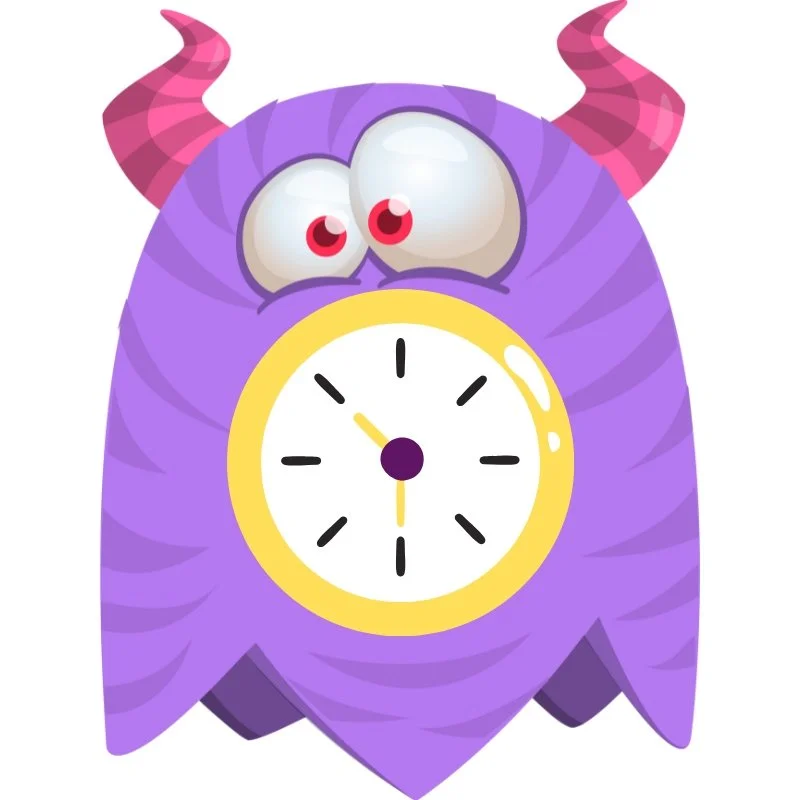Pulse – The Time Pressure Monster
Pulse is one of the Visiting Neuro Monsters. Pulse represents the racing urgency that takes over when time feels scarce and every moment counts down too quickly. Known as the Time Pressure Monster, Pulse embodies the accelerated heartbeat of deadlines, rushing, and the sense that you must always go faster to keep up. Within the Neuro Monsters Universe, Pulse reveals how urgency can sharpen focus in short bursts but also create chronic stress when it dominates.
The Symbolic Role of Pulse
Pulse symbolizes the drumbeat of urgency that echoes louder than reason. Its presence shows up when you feel rushed, when tasks pile up, or when waiting feels intolerable. Symbolically, Pulse represents the ticking clock inside the body that pushes you to move before reflection is complete. By naming Pulse you begin to see when urgency is truly needed and when it is only a nervous system alarm sounding too loudly.
Pulse often appears as a glowing figure with a heartbeat that shakes the ground, every step quickened by an invisible timer. This symbolic image reflects how time pressure compresses thought and action into frantic bursts. When you face Pulse with emotional neutrality you can begin to separate true deadlines from imagined ones.
Time Pressure in the Brain
In neuroscience terms Pulse is tied to the locus coeruleus, the prefrontal cortex, and the autonomic nervous system. The locus coeruleus releases norepinephrine which accelerates arousal and sharpens attention under time constraints. The prefrontal cortex attempts to plan and prioritize but becomes overloaded when urgency is prolonged. The autonomic nervous system increases heart rate and muscle readiness, creating the familiar rush of adrenaline.
Pulse symbolizes this imbalance where urgency systems remain active beyond their useful window. The result is a state of constant hurry where the body lives as if time is always running out even when it is not.
The Protective Instinct Behind Pulse
Although it can feel exhausting Pulse’s instinct is protective. Time pressure is meant to ensure survival by speeding up responses when waiting could mean danger or loss. Its purpose is to heighten focus and push action forward in critical moments. The problem comes when Pulse begins to dominate daily life, making even small tasks feel like emergencies. By seeing the protective purpose behind Pulse you can learn to honor urgency as a tool while not allowing it to dictate every move.
Training with Pulse
Training with Pulse means learning to widen the space around time and to remind the nervous system that urgency is not always required. Cognitive Neuro Therapy emphasizes naming the pressure neutrally and practicing deliberate slowing to retrain the body’s sense of pace.
When Pulse appears you can practice the following steps. Pause and notice the racing in your chest or the restlessness in your movements. Name it as time pressure rather than as necessity. Take one slow breath and lengthen the exhale to calm the system. Break the task into small segments with pauses in between. Remind yourself that most decisions do not collapse under a few extra seconds or minutes.
Over time Pulse becomes less of a tyrant and more of a situational ally. You learn that urgency can sharpen focus when used briefly and intentionally but can also be released when safety allows. Pulse becomes a reminder that you have more space than your body first believes and that slowing down often creates better outcomes than rushing forward.


